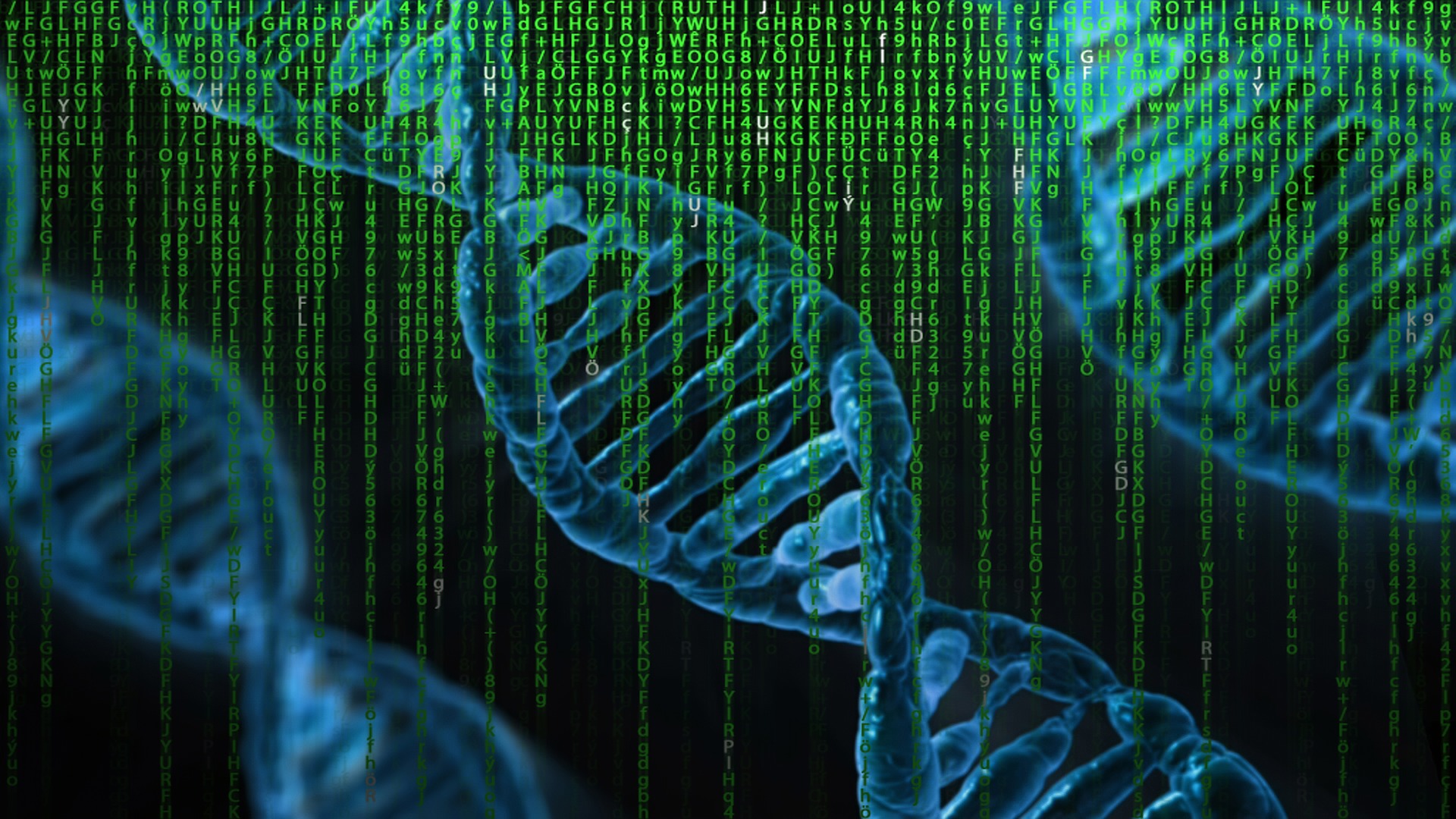
DNA, short for deoxyribonucleic acid, is the molecule that contains the genes of living organisms. DNA is passed on to children as a combination of their parents. This is why children share traits with their parents such as skin, hair and eye colour. Some of these genetics also are more or less prone to particular cancers, or diseases. Therefore it is important to understand how your DNA makeup & environment can impact on your health.
Take red hair for example – a classic case of gene – environment interaction. Red hair is a genetically determined trait typically stemming from Celtic roots. Moving closer to places near the equator with more sun exposure, their risk of skin cancer increases. Most redheaded women have fair, unpigmented skin which is more vulnerable of higher doses of UV rays. This information would lead you to believe that due to the higher UV absorption of the fair skin, this person is more susceptible to skin cancer. Some studies suggest, although, that even darker complexions with the same red hair gene face a higher risk of skin cancer.
That interaction between genes and the environment is the focus of new research and innovation by companies like Next Health. By evaluating your genetic makeup and the environment you live and work in, this innovation can bring improved methods of prevention, diagnosis, and treatment.
Debunking Old Theories
If smoking is the most common cause of lung cancer, why do only 10-20% of heavy smokers develop the disease? Why are the rates of breast cancer higher in the US compared to other parts of the world?
Through access to data now available from different research groups looking at behaviors, personal characteristics, height, weight, exercise, workplace, and diet, we now have more insight than ever to look at correlations between genetic patterns and environmental exposures. Likewise, scientists are also studying what turns genes on and off specifically “epigenetics” – caused not by altered DNA but by shifts in the cells during biologically sensitive periods.
Scientists no longer assume that single genes cause single diseases. Most diseases are derived from gene – environment interactions with the activities of genes greatly impacted by environmental exposures. Genes also appear to react to changes in other genes, based on their environmental triggers, to develop a disease.
What we think of one disease may turn out to be several diseases with different underlying causes and treatments. For example, Diabetes can be triggered by obesity, but also by an environmental exposure to arsenic. The first condition requires insulin and weight loss, the second does not.
Future of Genes
Gene & environmental research is re-shaping public policy and medical practice. Our increased understanding is leading to new treatments and prevention measures.
It is important to note that although this new data gives us insight into lung cancer or diabetes, it doesn’t mean that heavy smokers aren’t susceptible to other diseases such as heart disease, for example. Current recommendations of not smoking and maintaining a healthy weight – regardless of your genes – is great advice.
Software like Next Health has available, can help you understand your gene – environment interactions and give you personalized insights into what you are susceptible to, root causes and preventive measures through digital therapeutics.


